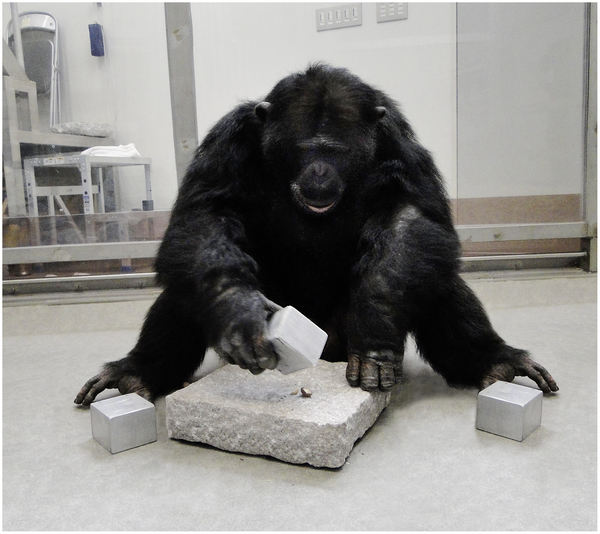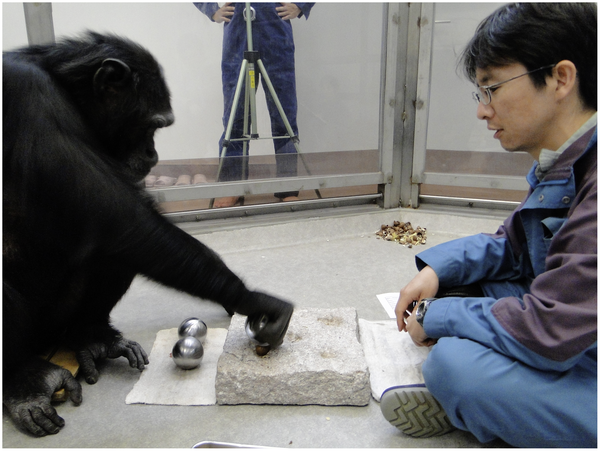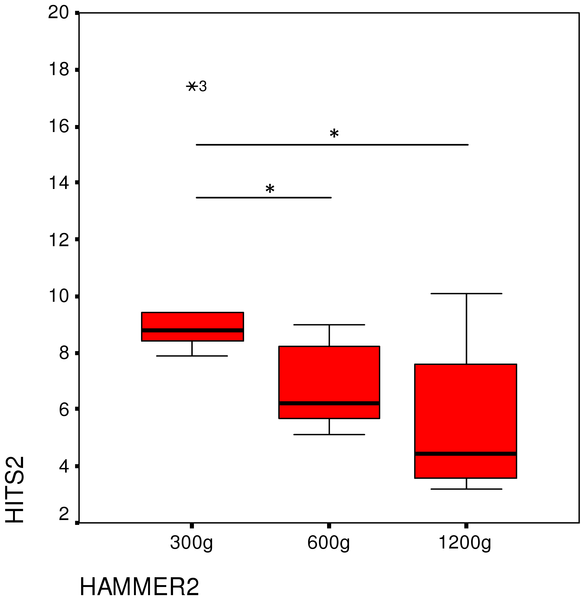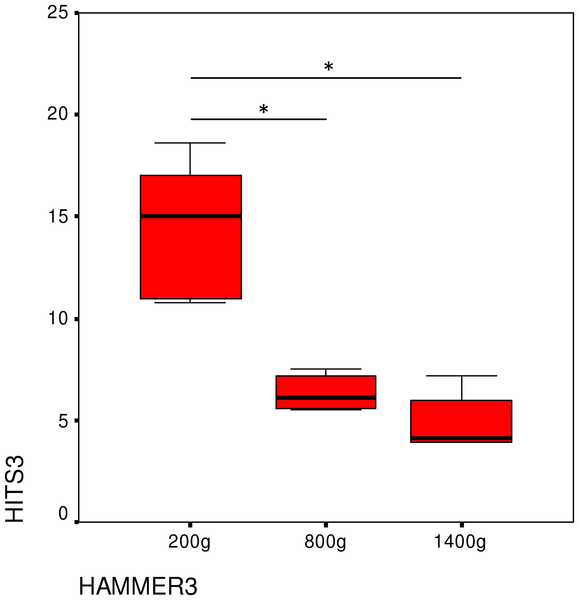Chimpanzees know which tool will be effective

Credit: Tetsuro Matsuzawa
Many animals —including mammals, birds and fishes— acquire from others knowledge and skills which may develop into behavioural traditions. Outside of humans, it is in the primates —specially chimpanzees— where socially transmitted behaviour patterns, such as tool use and social conventions, reach their summit. In recent years researchers mainly in the field of comparative psychology have been investigating on tool-use in laboratory conditions, where ecological factors can be better controlled for. A recent study in the nut cracking behaviour of chimpanzees has demonstrated in a neatly performed experiment that chimpanzees use the weight of hammers —and not shape or texture— to select the most appropriate one to crack open nuts and that their previous experience clearly affects the subjects’ attentiveness to the tool properties that are relevant for the task 1.
Wild chimpanzees display a wide variety of tool-using behaviours and, in fact, a large behavioural diversity has been observed among different wild populations in the two last decades —including tool usage, grooming and courtship behaviour 2. The more we learn about wild chimpanzees population diversity, the more similarities researchers are finding between chimpanzee and human cultures.
Nut-cracking behaviour is considered as one of the most complex forms of tool-use, since it requires a longer process than other types of behaviours, i.e. a chimpanzee cracks open a nut to access its core by placing the nut on the flat surface of an anvil stone and then hitting the nut with the flat side of a hammer stone (see Figure 1). It takes about 4 years of practice until chimpanzees become skilled nut crackers, since the behaviour requires the use of two tools (hammer and anvil), but also the ability to produce two spatial relations in sequence, one between the nut and the anvil, and one between the tool and the nut. Just imagine how hard it is for us humans to find a stone of the suitable weight to cracking open an almond or hazelnut without crushing it (if you have ever tried you will understand what I mean).
Wild chimpanzees have been observed selecting appropriate hammers of different size, shape and material, and even carrying them along when moving to different locations, suggesting that they are able to take into account the properties of a proper hammer. But so far no studies in the wild, nor in laboratory conditions have ever investigated whether chimpanzees are able to choose the most appropriate hammer based only on weight.
A team of researchers from different institutes, among which the Spanish primatologist Josep Call was found, conducted 3 different elegant experiments to assess whether captive chimpanzees housed at the Great Ape Research Institute (Okayama, Japan), were able to selectively use tools based solely on weight to crack nuts. In Experiment 1 they presented six chimpanzees with three cuboid-shaped hammers identical in shape, size, material and colour, but differing in weight (300, 600 and 1200 g). They were trying to determine if chimpanzees were able to encode the importance of the tool property weight and showed a preference for the most effective ones (see Figure 2).

Credit: Schrauf et al. 2012
In Experiment 2 (see Figure 3) they modified the hammers’ shape and presented the chimpanzees with spheric hammers of the same 3 weights as in experiment 1 (300, 600 and 1200 g), with the intention of testing whether efficiency is affected by a shape change, since cuboidal tools might restrain accurate handling as angles must be taken into account when matching the hammer surface with the nut and anvil. Lastly, in Experiment 3 researchers changed the weight of the spheric hammers (200, 800 and 1400 g) to increase the discrepancy in tool efficiency and to see how that affected tool selectivity.

Credit: Schrauf et al. 2012
The general experimental design for all three experiments consisted of having each chimpanzee facing a situation that facilitated the selective use of tools: a hard-shelled nut —macadamia nuts—, a granite stone to be used as an anvil, with five pits, and three hammers which were handed over to the subject consecutively in order to ensure the perception of weights differences. Six chimpanzees of different gender and ages (the younger was 3 years and 10 months old) participated in the study and all except the youngest one had already taken part in a previous nut-cracking experiment. Subjects participated in the study voluntarily and were never food or water deprived. They were housed in a semi-natural indoor and outdoor enclosure; no medical or neurobiological research of any kind is conducted at that Japanese research institute. After the chimpanzee had entered the experimental room, it sat on a wooden platform directly in front of the stone anvil. The experimenter then sat facing the chimpanzee, on the opposite site of the anvil, and before the first trial of a session, handled the chimpanzee the three hammers consecutively (a fixed protocol was used for the positioning of the tools in each trial). A trial started when the experimenter placed a macadamia nut in one of the anvil pits (the nut was always placed in the same pit, but the subjects could change the nut’s position). The chimpanzees were free to use any of the three hammers, each trial lasted until the subject had cracked open the nut and started to eat the kernel. Each session was videotaped and later researchers scored from the tapes the tool used to perform the strike, the number of hits and the time to solution. Success of each hammer was evaluated by the number of strikes and the time required to crack open a nut. They also calculated which hammer type led to success. For the data analysis they used the Friedman test to assess whether the number of strikes and time to solution differed across tools; pair-wise comparisons between tools were performed with the exact two-tailed Wilcoxon test. The Kruskal-Wallis test was used to assess whether at the individual level the number of strikes and time needed differed between tools; the Mann-Whitney test was used for the pair-wise comparisons.



Overall results showed that chimpanzees preferred to use heavier hammers that required fewer hits and less time to crack open nuts. Hammers were selected according to their relative effectiveness based on their weight. Since all hammers shared the same visual features in terms of size and appearance, this study provides conclusive evidence that chimpanzees use weight alone in selecting tools to crack open nuts. Experience played an important role in performance, since the most proficient chimpanzee (the alpha male) outperformed the others from the early beginning of the experiment. He showed a preference for the heaviest hammer and switched twice as much from a lighter to a heavier tool than vice versa. His previous experience in nut cracking could explain his early understanding of weight as having a relevant role for nut-cracking tools.
In experiment 2 subjects as a group developed a preference for the heaviest (and most efficient) spherical hammer and they kept using them more often than the lightest hammers until the nutshell cracked. Compared to the cuboid-shaped hammers, spherically-shaped ones might have allowed subjects to better grab and handle them when striking the nut.
In summary, chimpanzees seem to have the necessary cognitive capabilities to encode the requirements that a nut-cracking tool should meet to be effective.
References
- Schrauf, C., Call, J., Fuwa, K. and Hirata, S. (2012). Do Chimpanzees Use Weight to Select Hammer Tools? PloS One 7 (7): e41044. doi:10.1371/journal.pone.0041044. ↩
- Whiten A., Goodall, J., McGrew, W., Nishida, T., Reynolds, V., Sugiyama, Y., Tutin, C., Wrangham, R. and Boesch, C. (1999). Cultures in chimpanzee. Nature, 399: 682-685. ↩
1 comment
Dear Patricia Teixidor:
I would like permission to reprint the image of “Chimpanzee cracking open nuts” in my forthcoming book, Metamorphosis: Eight Technologies That Transformed Humanity (Arcade Publishing, in press).
This image appears at the URL https://mappingignorance.org/2013/03/21/chimpanzees-know-which-tool-will-be-effective/ . It is credited to “Tetsuro Matsuzawa” but I have been unable to find an email address for Professor Matsuzawa.
Do you have contact information for him? I will be much obliged for any help you can provide.
Sincerely,
Richard L. Currier, PhD